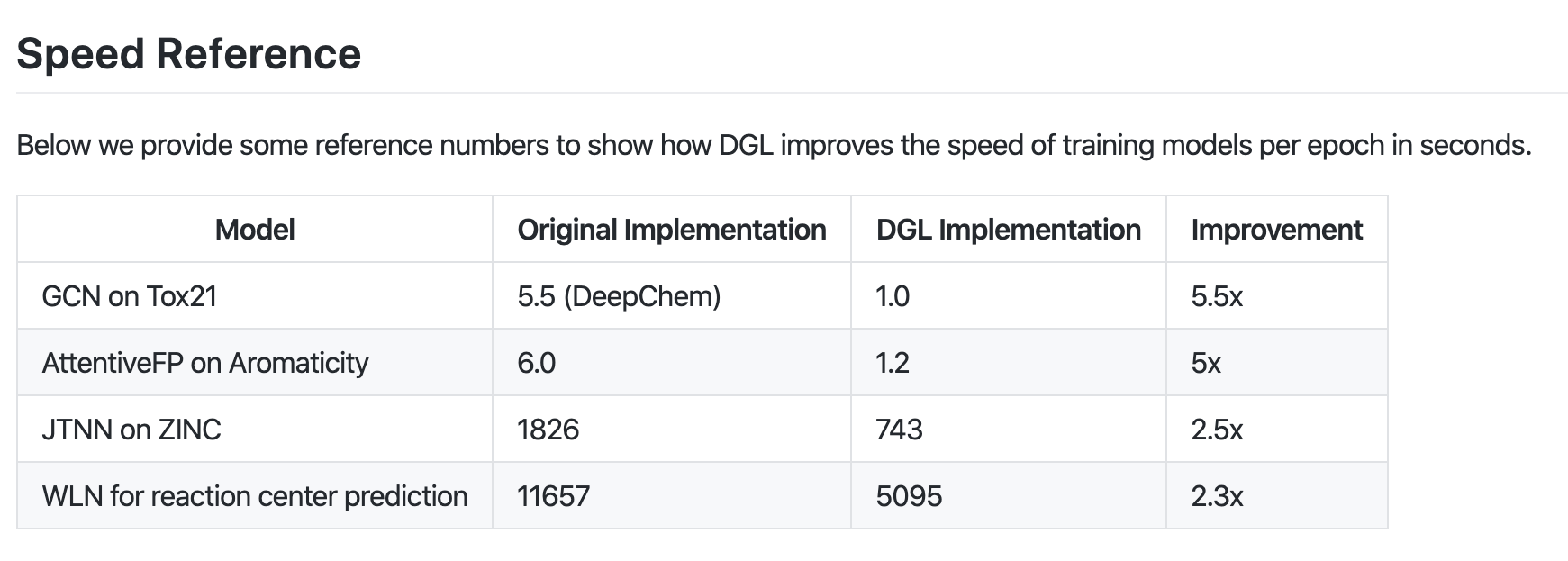Hi,
Paper -> https://arxiv.org/pdf/2003.00982.pdf (Preprint!!)
Probably many of you have read the paper already, but I still thought it might be interesting for people who missed it.
It compares many different Graph Networks and summarizes the effects of recent “advancements”.
I find particularly interesting that it sort of supports the the findings by:
- Xu et al (https://arxiv.org/pdf/1810.00826.pdf)
- Chen et.al (https://waterpine.github.io/paper/Are_Powerful_Graph_Neural_Nets_Necessary_A_Dissection_on_Graph_Classification.pdf)
which argue/show that the GCN introduced by Kipf and Welling is limited in its ability to learn sophisticated graph structures and fails to distinguish simple graphs.
While the original GCN was known to not provide the best results, I still think it is a model that remains highly influential and is still being used for graph-like structures.
The ZINC dataset they used could also be interesting for MoleculeNet/DeepChem. To my knowledge this dataset is not currently included here.
And maybe if their is a updated MolecularNet bechmarking planned, models such as gated–GNN or the GIN could be included as well.
Anyways I think it is a really interesting read, especially for people who do not follow the development of Graph Neural Networks.

